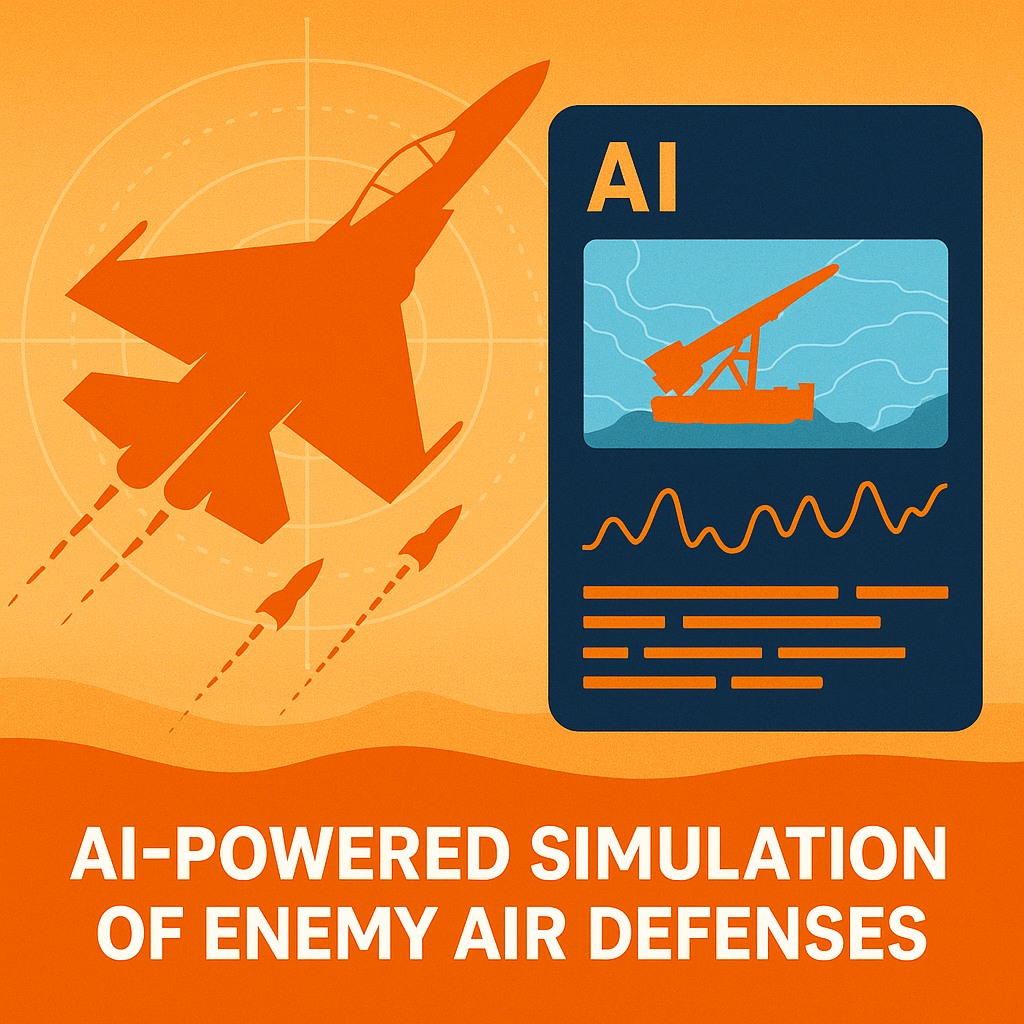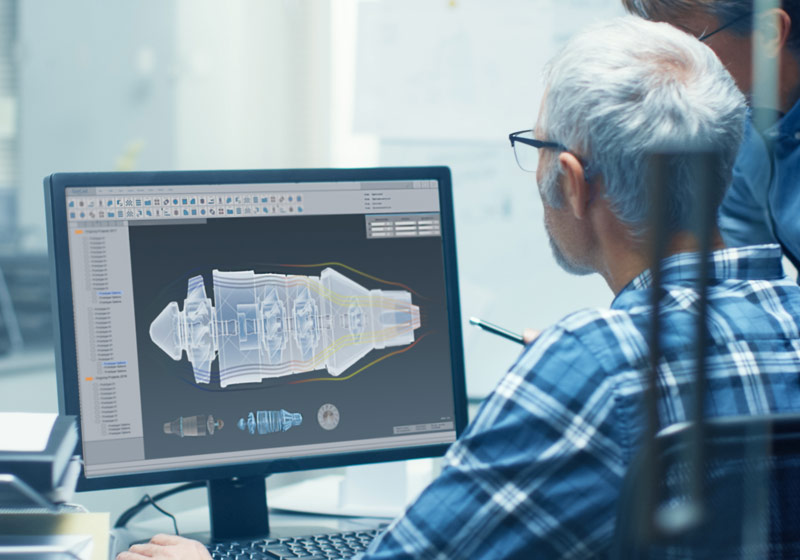The New Era of Air Defense Intelligence
Modern air combat leaves no room for guesswork. Understanding enemy radar coverage, SAM sites, and defense behavior before a mission can mean the difference between survival and loss.
Traditional air-defense analysis—manually processing satellite imagery, SIGINT, and HUMINT—can take weeks. By the time intelligence is compiled, it’s often outdated.
AI-powered air defense simulation changes that equation. Using generative AI, these systems analyze, predict, and simulate enemy defenses in near-real-time—creating adaptive threat maps that update as the battlefield evolves.
How AI Transforms Threat Simulation
- Generative Threat Modeling:
AI models trained on radar physics, SAM performance data, and engagement histories create accurate simulations of enemy defense behavior. - Multi-Source Data Fusion:
Combines satellite imagery, signals intelligence, and open-source data into unified, dynamic threat pictures that reflect real-time changes. - Predictive Defense Behavior:
AI anticipates enemy relocations, radar frequency shifts, and counter-jamming responses—allowing pilots and planners to pre-empt enemy actions. - Continuous Threat Mapping:
Real-time AI maps reveal radar coverage zones, missile engagement envelopes, and safe ingress routes with 85-95% prediction accuracy.
Operational Advantages
- Faster Analysis: Threat modeling that once took weeks now completes in hours.
- Mission Optimization: Test dozens of flight routes and EW plans instantly.
- Adaptive Planning: Real-time updates adjust mission plans as enemy systems move.
- Force Protection: Predict SAM relocations and radar activations before they happen.
Implementation in Defense Ecosystems
Integrates seamlessly with command and control systems, mission planning tools, and NATO-standard interoperability frameworks.
Built with classified data security, ITAR compliance, and human-in-the-loop oversight, ensuring trust and accountability across operations.
The Future of Air Defense Simulation
Next-generation AI threat analysis will merge with:
- Quantum-enhanced computing for faster pattern recognition
- Swarm defense coordination via autonomous drones
- Edge-based AI enabling on-aircraft decision support
As defense organizations embrace these technologies, AI becomes the core of pre-battle superiority—reducing risk, increasing precision, and empowering decision-makers at every level.
Conclusion
AI-powered air defense simulation isn’t just about faster analysis—it’s about foresight.
By modeling complex radar networks, predicting enemy maneuvers, and generating real-time threat maps, defense teams can plan with confidence and respond with agility.
The future of air dominance belongs to those who combine human expertise with AI-driven intelligence.
The battlefield is evolving—your intelligence should too.



